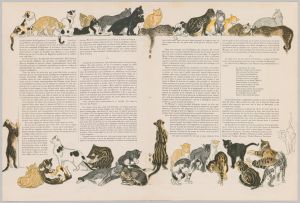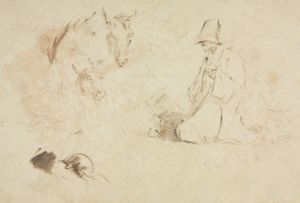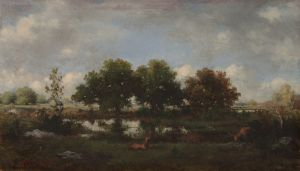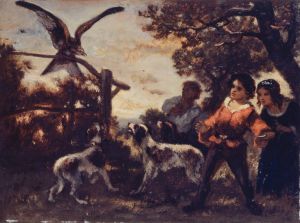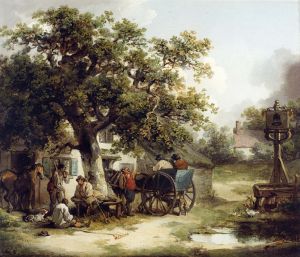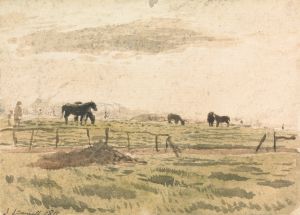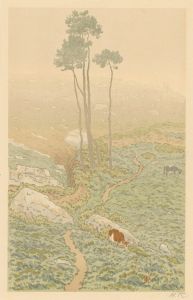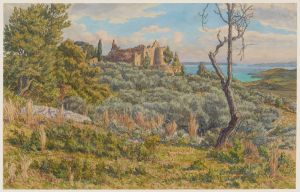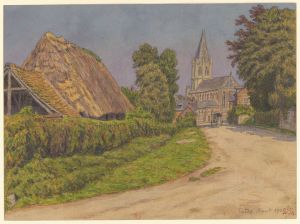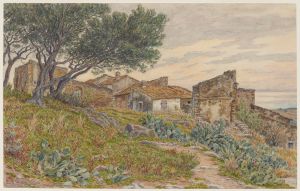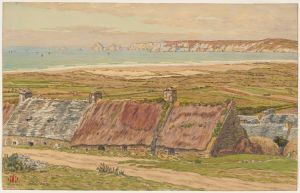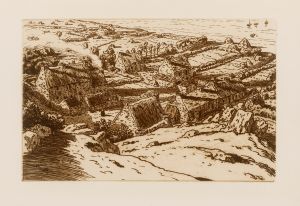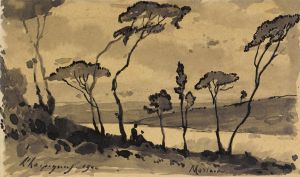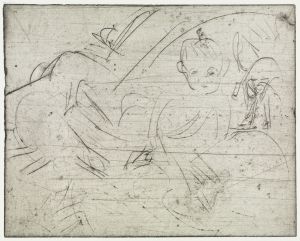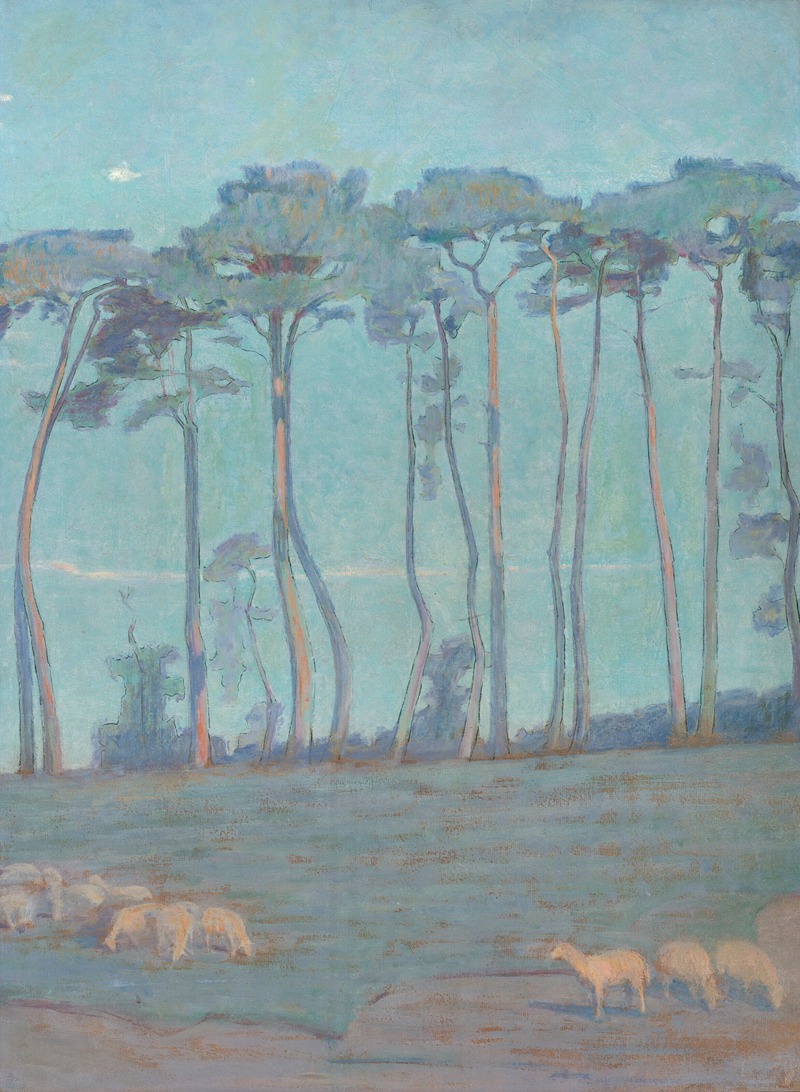
Paysage bleu aux moutons
A hand-painted replica of Henri Rivière’s masterpiece Paysage bleu aux moutons, meticulously crafted by professional artists to capture the true essence of the original. Each piece is created with museum-quality canvas and rare mineral pigments, carefully painted by experienced artists with delicate brushstrokes and rich, layered colors to perfectly recreate the texture of the original artwork. Unlike machine-printed reproductions, this hand-painted version brings the painting to life, infused with the artist’s emotions and skill in every stroke. Whether for personal collection or home decoration, it instantly elevates the artistic atmosphere of any space.
Henri Rivière (1864-1951) was a French artist known for his contributions to the art of printmaking and his involvement in the late 19th-century art scene in Paris. He is particularly noted for his innovative use of color and his incorporation of Japanese influences, which were part of the broader Japonisme movement that captivated many European artists of his time.
One of Rivière's notable works is "Paysage bleu aux moutons" ("Blue Landscape with Sheep"). This piece exemplifies his mastery in capturing the serene beauty of rural landscapes, a common theme in his body of work. Rivière's art often reflects his deep appreciation for nature and the countryside, which he depicted with a delicate balance of detail and simplicity.
"Paysage bleu aux moutons" showcases Rivière's skill in using color to evoke mood and atmosphere. The predominant use of blue tones creates a tranquil and calming effect, drawing the viewer into the peaceful pastoral scene. The composition features a flock of sheep grazing in a field, set against a backdrop of rolling hills and a vast sky. The simplicity of the scene is enhanced by Rivière's careful attention to the play of light and shadow, which adds depth and dimension to the landscape.
Rivière's technique in this work is indicative of his broader approach to printmaking and painting. He often employed a method known as "color lithography," which allowed him to layer multiple colors to achieve a rich and nuanced palette. This technique was influenced by Japanese woodblock prints, which Rivière admired for their clarity, composition, and use of color. The influence of Japanese art is evident in the way Rivière simplifies forms and uses flat areas of color to create a harmonious and balanced composition.
Henri Rivière was also a member of the artistic circle associated with the Chat Noir cabaret in Montmartre, Paris. This bohemian venue was a hub for artists, writers, and musicians, and it played a significant role in the cultural life of the city during the late 19th century. Rivière's involvement with the Chat Noir included creating shadow plays and illustrations, which further showcased his versatility as an artist.
Throughout his career, Rivière produced a significant number of prints, paintings, and illustrations, many of which were inspired by his travels and his love for the natural world. His work continues to be celebrated for its beauty, technical skill, and the way it captures the essence of the French countryside.
"Paysage bleu aux moutons" remains a testament to Henri Rivière's artistic vision and his ability to convey the quiet charm of rural life through his art. His contributions to the field of printmaking and his influence on subsequent generations of artists ensure that his legacy endures in the world of art history.





